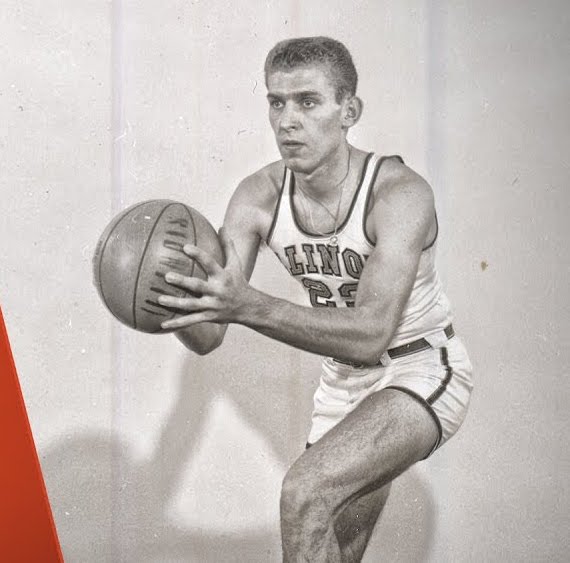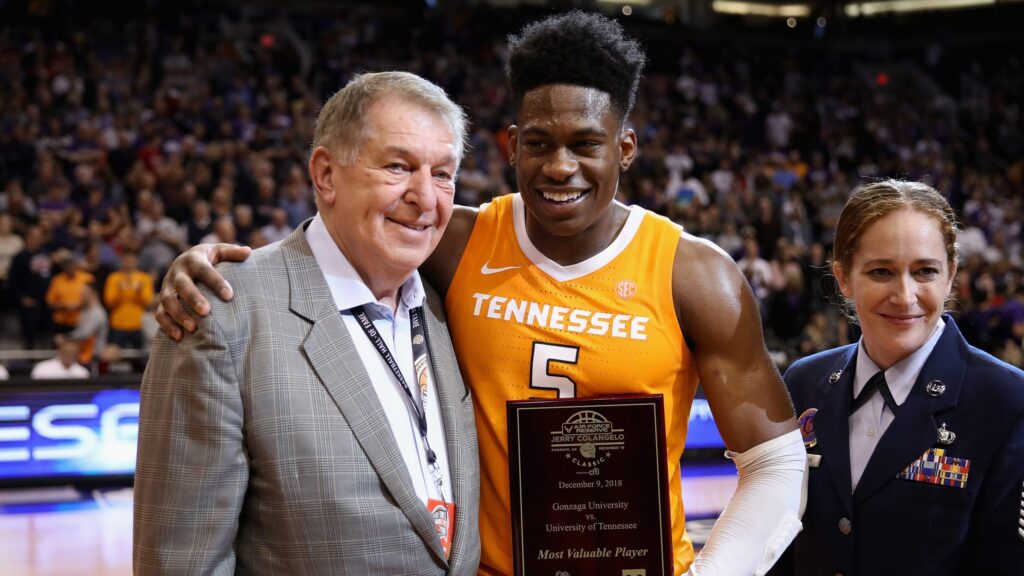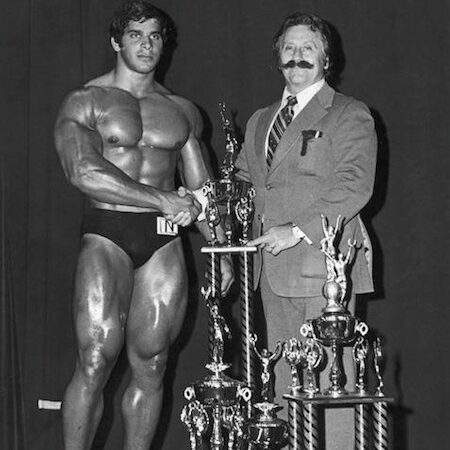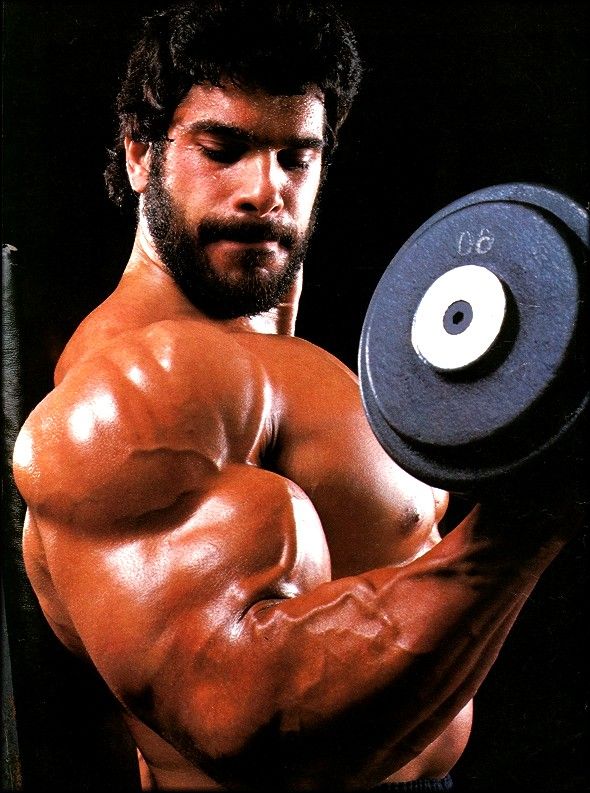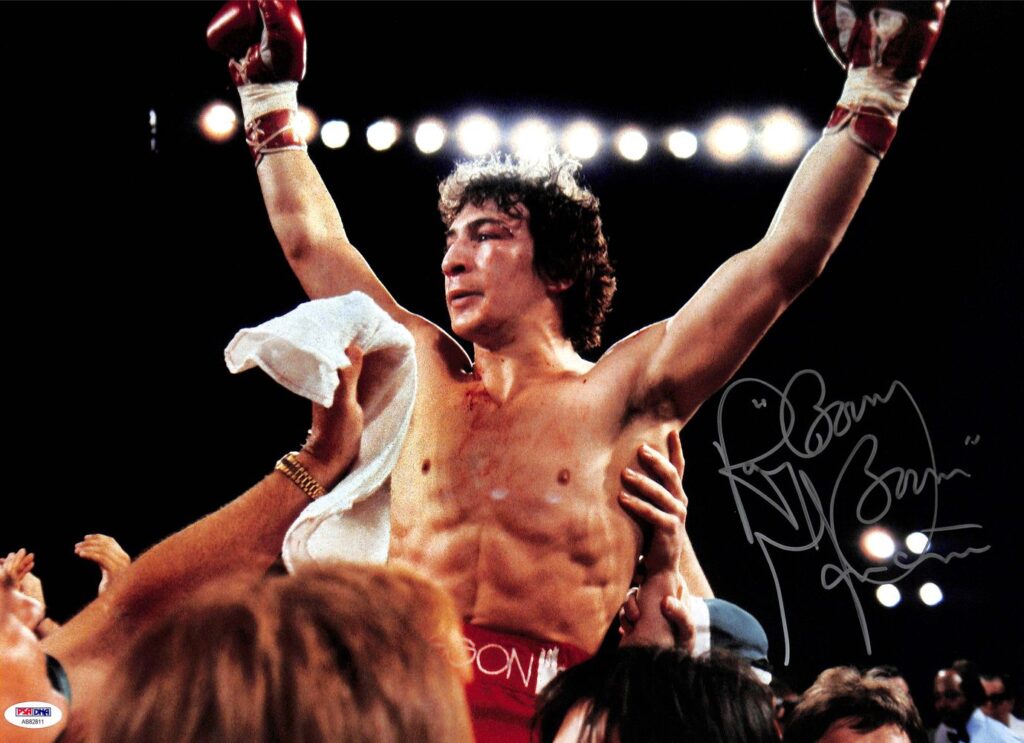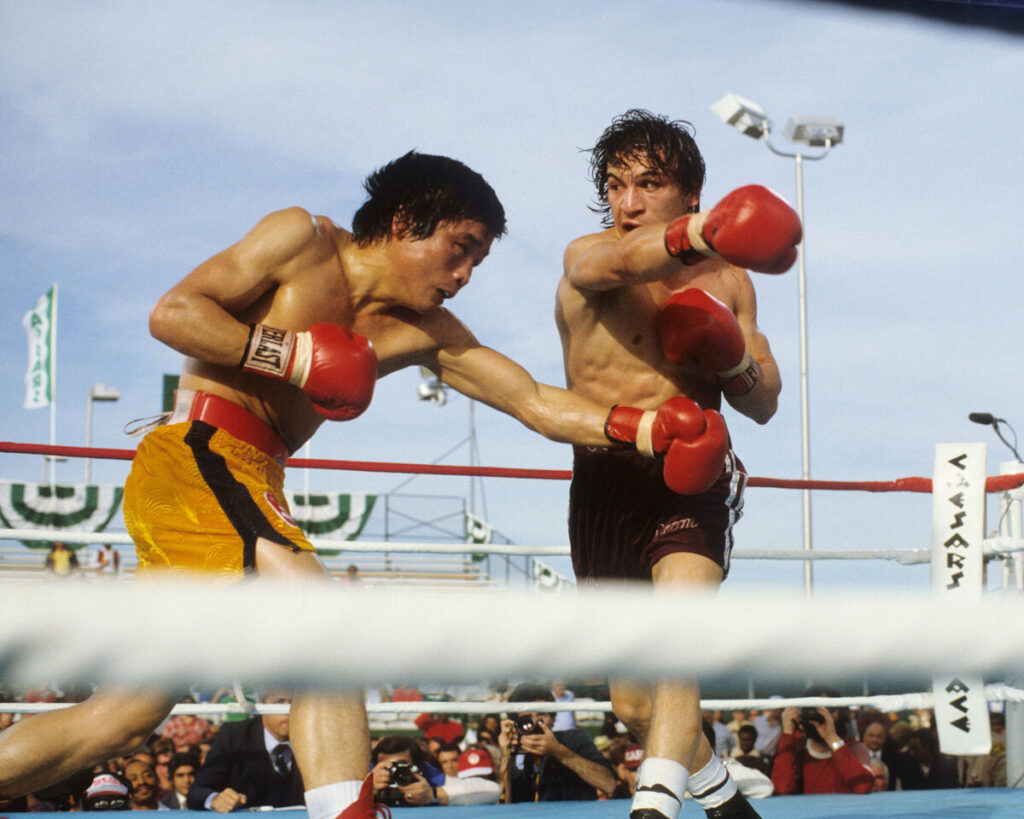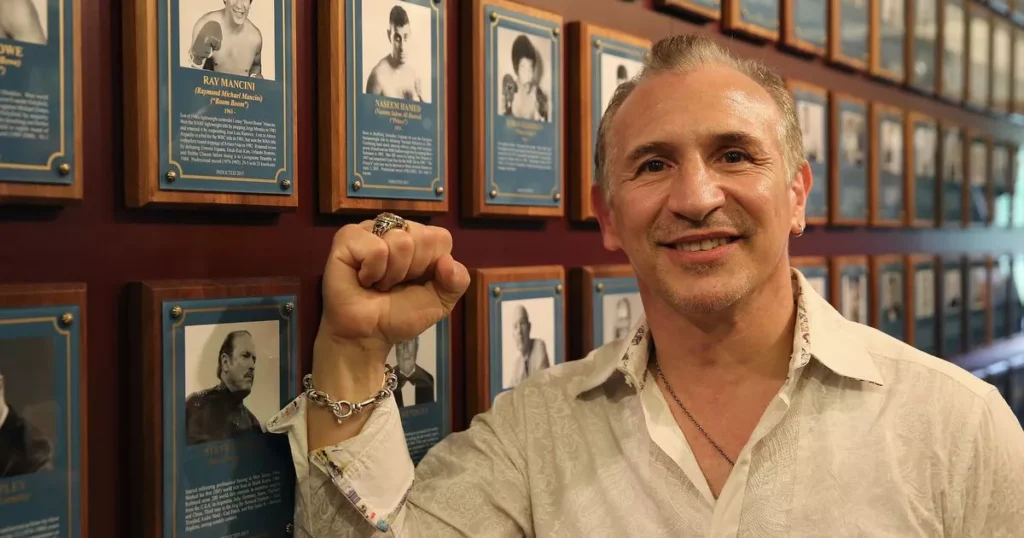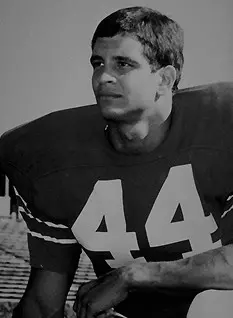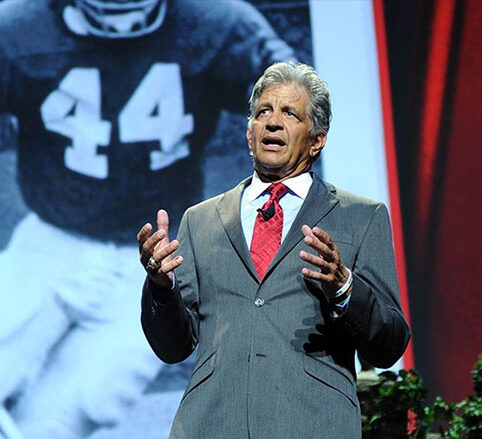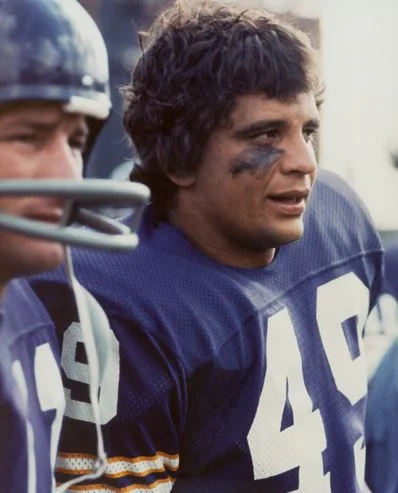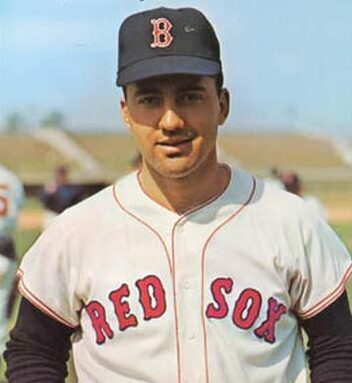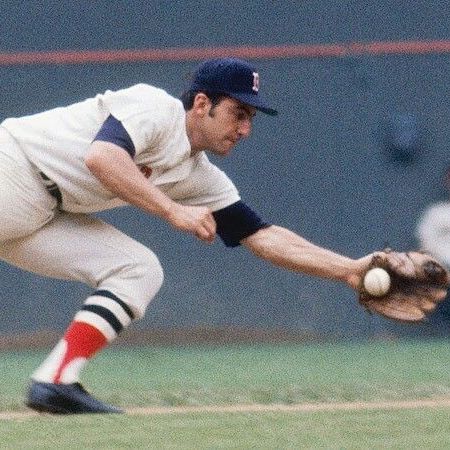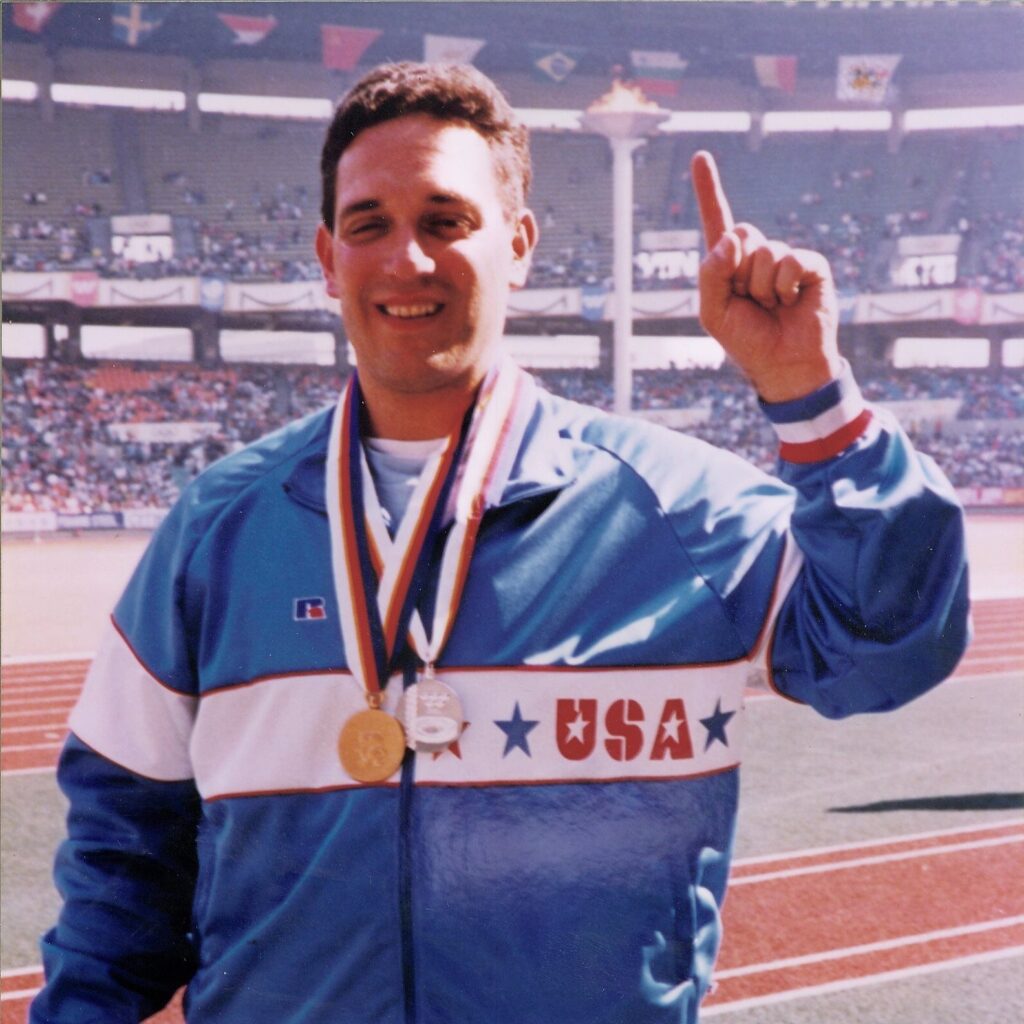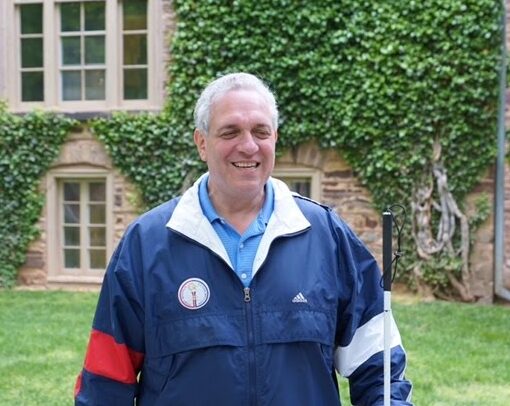
Jerry Colangelo
Basketball
Few individuals have amassed more personal and professional accomplishments than Jerry Colangelo. Jerry Colangelo embodies the quintessential story of a “hometown boy made good”. He grew up in a house that his grandfather constructed with wood from railroad cars. Jerry was a kid from the working-class Hungry Hill neighborhood in Chicago Heights, he often left home with a salt shaker in his pocket and would swipe a tomato from a neighborhood garden and fix himself lunch.
After winning honors being team captain for the University of Illinois basketball team, Jerry became one of the youngest executives in the NBA with the Chicago Bulls. He then became the youngest General Manager in NBA history for the new expansion team the Pheonix Suns at the age of 28. He arrived in Arizona in 1968 with his wife, three kids, and $300 to his name. Colangelo went on to be named NBA Executive of the Year four times and eventually retired from the NBA after working as chairman of basketball operations for the Philadelphia 76ers between 2015 and 2019.
Colangelo ultimately became owner of the NBA’s Phoenix Suns, built two state-of-the-art sports facilities and brought Major League Baseball to Phoenix with the Arizona Diamondbacks, winning a world series trophy. As Chairman of USA Basketball, Colangelo created a team that brought home the Olympic Gold medal in the 2008 Beijing Olympics, another in the 2012 London Olympics and then again in the 2016 Olympic games in Rio.
Colangelo was also instrumental in the start-up of other teams such as the Women’s National Basketball Association’s Phoenix Mercury, the Arena Football League’s 1994 and 1997 League Champions Arizona Rattlers, and the NHL team the Winnipeg Jets.
In 2019, Grand Canyon University established the Colangelo College of Business, serving over 16,000 entrepreneurial students. And soon after, the Jerry Colangelo Museum was established within the College.
The National Italian American Sports Hall of Fame named its Taylor Street Building the Jerry Colangelo Center for without the hands-on support of Jerry Colangelo, the Hall of Fame would not be here today. Not only is Jerry Colangelo an inductee in the Naismith Basketball hall of fame and the National Italian American Sports Hall of Fame, but he is also the recipient of the 2021 Mario Andretti Lifetime Achievement Award.

Lou Ferrigno
Bodybuilding, Fitness Trainer, Acting
Louis Jude “Lou” Ferrigno is an American actor, fitness trainer, retired professional bodybuilder, and fitness consultant. As a bodybuilder, he earned notable titles, including IFBB Mr. America and two consecutive IFBB Mr. Universe titles. Ferrigno gained widespread fame in the 1970s with his appearance in the bodybuilding documentary Pumping Iron, which documented his rivalry with Arnold Schwarzenegger. Standing 6 ft 5 in and weighing up to 315 lbs during his competitive years, Ferrigno competed in several Mr. Olympia competitions, finishing second in 1974, third in 1975, and later returning to the bodybuilding scene in the early 1990s. He also competed in the World’s Strongest Man competition in 1977, where he placed fourth.
Ferrigno’s acting career began in 1977 when he was cast as the Hulk in the CBS television series The Incredible Hulk. His portrayal of the iconic character made him a household name, and he continued in the role until 1981, co-starring with Bill Bixby, who became a mentor and father figure to him. Ferrigno reprised his role as the Hulk in TV movies and appeared in cameo roles as himself in various films and TV shows, including The King of Queens, I Love You, Man, and the Avengers film series. His vocal contributions to the Hulk character in the Avengers films further cemented his legacy in the role.
Outside of acting, Ferrigno has had a successful career in fitness. He trained pop icon Michael Jackson in the 1990s and continued working with him in preparation for Jackson’s planned concerts in 2009. Ferrigno also has his own line of fitness equipment, Ferrigno Fitness, and has appeared in promotional materials for various brands, including The Price Is Right. He continues to make guest appearances on television, including a notable role in Sonny with a Chance in 2010 and voicing a character in Adventure Time.
Ferrigno’s contributions to both bodybuilding and acting have left a lasting impact. His work in fitness, acting, and as a mentor to other athletes, along with his popular role as the Hulk, continues to inspire fans and aspiring athletes.

Ray “Boom Boom” Mancini
Boxing
Born on March 4, 1961, in Youngstown, Ohio, Ray Mancini was the son of former prizefighter Lenny “Boom Boom” Mancini. Inspired by his father’s boxing career, Ray was determined to capture the world title that eluded Lenny due to a wartime injury. Ray turned professional in 1979 and quickly became known for his relentless, all-action style, rising rapidly through the lightweight ranks.
In 1981, Mancini won the NABF lightweight title by defeating Jorge Morales via TKO in the 9th round. He successfully defended the title against Jose Luis Ramirez before challenging Hall of Famer Alexis Arguello for the WBC lightweight title. Although he lost in a valiant effort by TKO in the 14th round, Mancini’s pursuit of greatness continued. On May 8, 1982, he achieved his dream, defeating Arturo Frias by TKO in the 1st round to win the WBA lightweight title. He went on to defend the belt with impressive victories over Ernesto Espana, Deuk-Koo Kim, Orlando Romero, and Hall of Famer Bobby Chacon.
However, on June 1, 1984, Mancini lost the title to Livingstone Bramble in a memorable 14-round battle. A rematch the following year also ended in defeat for Mancini, who retired from boxing in 1992. His career had included notable fights, such as a 1989 loss to Hector Camacho for the WBO junior welterweight title and a 1992 defeat to Greg Haugen for the NABF junior welterweight title.
With a professional record of 29 wins and 5 losses (23 KOs), Mancini became one of boxing’s most beloved figures, known for his heart, toughness, and fan-friendly style. After retiring, Mancini transitioned to a successful career in acting and film production, solidifying his place as a popular figure both inside and outside the ring.
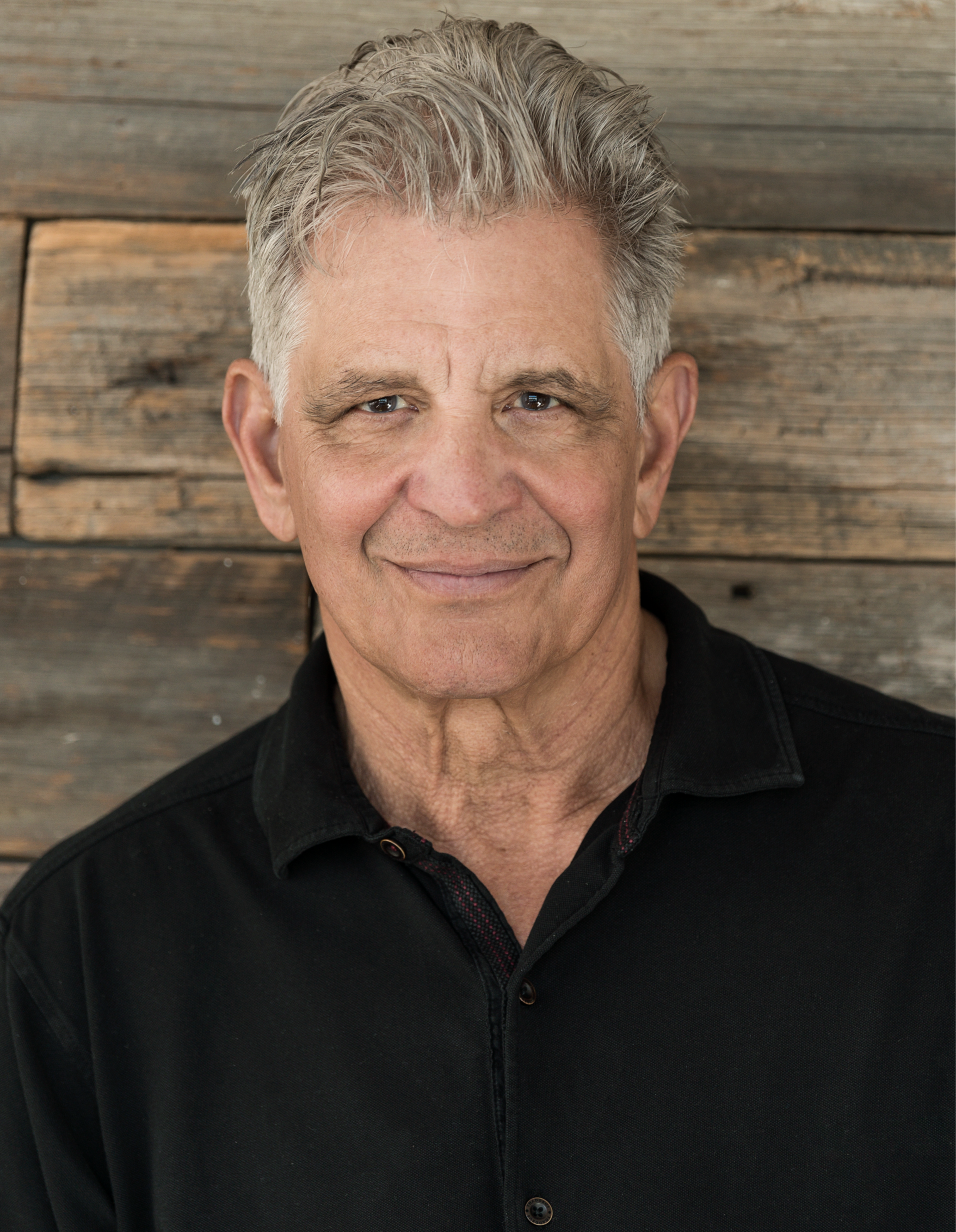
Ed Marinaro
Football, Actor
Ed Marinaro is synonymous with records. A standout running back at Cornell University from 1969 to 1971, he played just 27 games but averaged an astounding 174.6 rushing yards per game—a mark higher than legends like O.J. Simpson, Herschel Walker, and Tony Dorsett. Over the course of his college career, Marinaro had 10 games in which he rushed for over 200 yards, including 245 yards against Rutgers, 281 yards against Harvard in 1969, and 260 yards against Lehigh in 1970. His 209-yard average per game in 1971 set an NCAA record that would stand for a decade.
That same year, Marinaro led the nation in rushing, scoring, and all-purpose yards. He earned All-America honors twice and was awarded the prestigious Maxwell Trophy. He was also named Player of the Year by the Columbus, Cleveland, and Washington Touchdown Clubs. Marinaro’s dominance on the field earned him a spot on the Ivy League Silver Anniversary Team, cementing his legacy as one of college football’s greats.
After college, Marinaro went on to a six-year career in the NFL, playing for the Minnesota Vikings, New York Jets, and Seattle Seahawks. Though his pro career was solid, it was in Hollywood where Marinaro truly made a name for himself as an actor. He is best remembered for his role as Officer Joe Coffey on the iconic TV series Hill Street Blues.
Born in New York City in 1950, Ed Marinaro’s impact on both football and entertainment has left an indelible mark, making him a notable figure in two distinct fields.
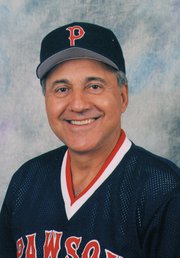
Rico Petrocelli
Baseball
Rico Petrocelli, a beloved figure in Boston Red Sox history, is best known for his power-hitting ability, particularly his unique “Fenway Stroke,” which sent many balls over the iconic Green Monster in left field. Despite not being physically imposing at 6 feet tall and 175 pounds, Petrocelli hit 210 home runs during his career, including a league-record 40 homers for shortstops in 1969, a mark that stood until Alex Rodriguez surpassed it in 2002. His 773 career RBIs also rank in the Red Sox’ top 10. Petrocelli was a two-time All-Star and played a key role in two World Series appearances with the Red Sox. Known for his versatility, he shifted to third base in 1971 to make room for Hall of Famer Luis Aparicio, and set fielding records at both positions, with a .981 mark at shortstop and .976 at third base—both records were later surpassed but still stand as significant achievements.
Born in Brooklyn, New York, in 1943, Petrocelli developed his love for baseball in his early years, playing both baseball and basketball at Sheepshead Bay High School. A standout in both sports, he was scouted by multiple teams, but his promising career was momentarily derailed by an elbow injury during his senior year. After a strong workout for the Boston Red Sox, he was signed to their minor league system, starting in 1962. He made his major league debut in 1963 at just 20 years old, earning a standing ovation for a double in his first at-bat at Fenway Park.
Petrocelli’s breakthrough season came in 1967 when he became the starting shortstop for the Red Sox. Under the management of Dick Williams, Petrocelli gained confidence and matured as a player. He was named the starting shortstop for the American League in the All-Star Game that year, finishing the season with 17 homers, 66 RBIs, and a solid .259 average. His gritty play during the 1967 season, including a defining role in a bench-clearing brawl against the Yankees, helped propel the Red Sox to their “Impossible Dream” pennant. Despite struggling offensively in the World Series, Petrocelli hit two home runs in Game 6, joining Alan Trammell as the only shortstops to do so in a World Series game.
Petrocelli’s 1969 season remains one of his most impressive, as he set a record for most home runs by a shortstop with 40, leading the American League in home runs and RBIs. He followed up with another solid season in 1970, hitting 29 homers and driving in 103 RBIs. After agreeing to move to third base in 1971 to accommodate Luis Aparicio, Petrocelli excelled in the field, setting a major-league record for third basemen with 77 consecutive games without an error. He continued to be a key contributor offensively, hitting 28 homers and leading the team in game-winning hits. Despite battling injuries in the following years, including chronic elbow issues and a serious head injury in 1974, Petrocelli remained a steady presence for the Red Sox. His clutch performances, particularly in the 1975 postseason, and his leadership in the field helped Boston secure a pennant, though the team ultimately fell short in the World Series.
In the latter part of his career, Petrocelli struggled with injuries and a decline in offensive production, culminating in a difficult 1976 season in which he hit just .213. After a disappointing spring training in 1977, he was released by the Red Sox, bringing his 13-year career to a close. Despite his injuries and eventual release, Petrocelli’s legacy as one of the best shortstops and third basemen in Red Sox history endures. His 210 home runs, 773 RBIs, and leadership during the Red Sox’s most iconic seasons cement his place as one of the team’s most cherished figures.
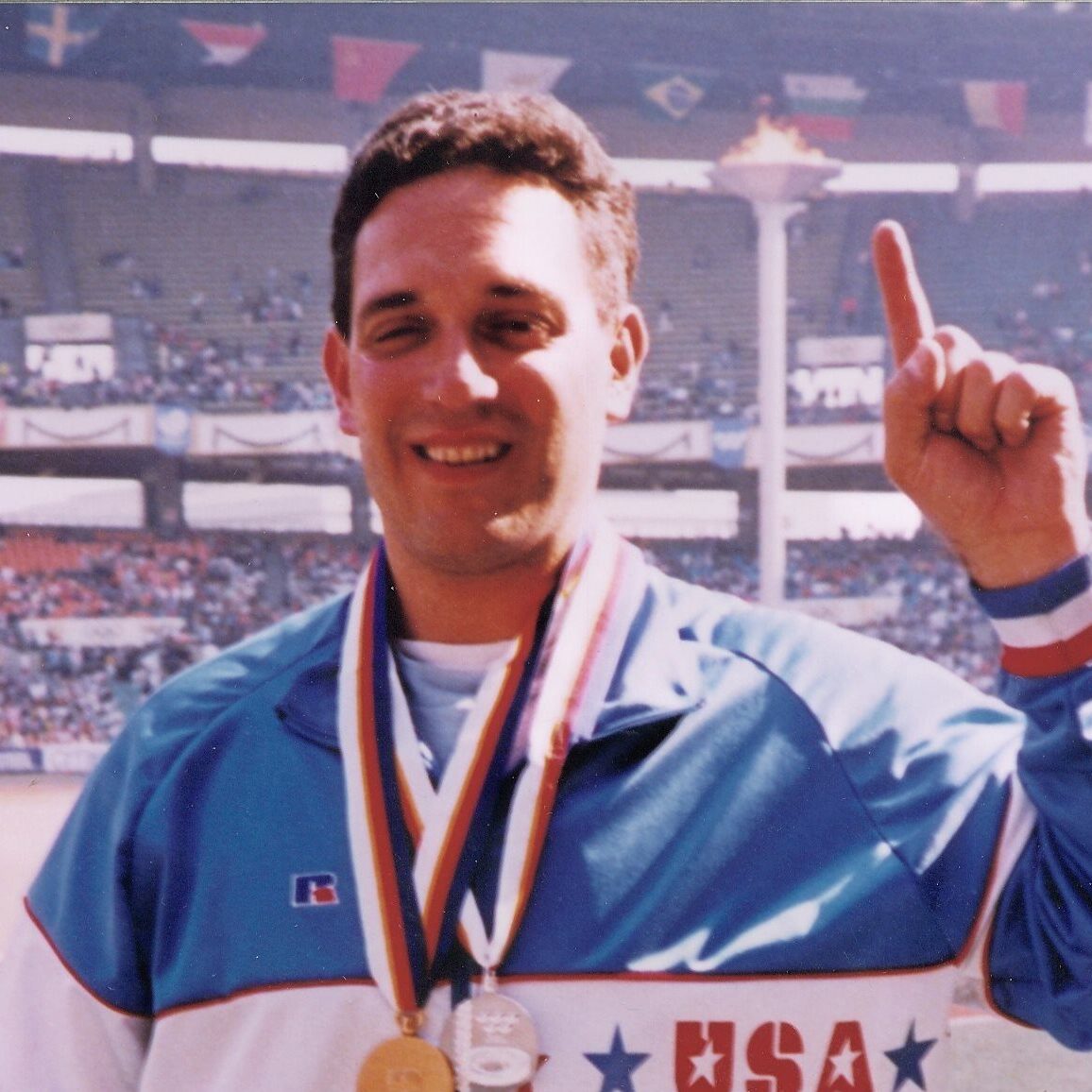
Richard Ruffalo
Track and Field, USABA
Richard Ruffalo is a decorated athlete and inspirational figure, with an impressive career that includes 14 international gold medals, 32 national titles, and 13 state championships in USA Track & Field, where he competed alongside sighted athletes. He has set nine world records and 15 national records across four events. A five-time Paralympian, Ruffalo earned medals in shot put, discus, and javelin. His achievements were recognized in 1988 when the United States Olympic Committee named him “Disabled Athlete of the Year.” The following year, he was honored with a Victor Award as the nation’s most inspirational athlete.
In 1994, Ruffalo made history as the first athlete with a physical disability to be inducted into the National Italian American Sports Hall of Fame. Beyond his athletic accomplishments, he has also excelled as an educator and motivational speaker. He was inducted into the National Teacher’s Hall of Fame and received multiple honors for his work in education. In 1995, Ruffalo won the Outstanding Coach of the Year award at the Walt Disney American Teacher Awards and was later named Outstanding Teacher of the Year by Vice President Al Gore.
Ruffalo’s impact extends beyond athletics and education. In 1997, he was named an American Hometown Hero by the Children’s Miracle Network, and in 1998, he received the Salute to Excellence award. Known for his perseverance, leadership, and dedication to inspiring others, he continues to motivate audiences around the world with his story of triumph over adversity.
With a legacy that spans sports, education, and motivational speaking, Richard Ruffalo remains a pioneering figure in the world of athletics and a role model for individuals facing challenges. His numerous accolades and contributions to society highlight his extraordinary life and enduring influence.
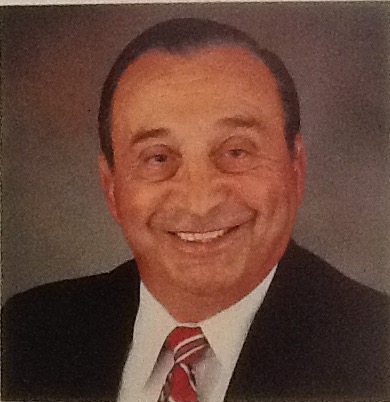
Anthony Sacco Sr.
Football
Anthony, “Tony” Sacco Sr., a Chicago native, graduated from St. Ignatius High School, where he excelled in football, basketball, and track. He went on to have an outstanding college football career at St. Ambrose University, where he also earned a degree in Chemistry. His impressive performance on the field earned him a spot on the “Chicago Tribune College All-Star Squad” and led to his selection by the Pittsburgh Steelers in the NFL Draft.
Though his professional football career was cut short by an injury, Tony’s resilience and determination propelled him to success in other areas. He transitioned to coaching, becoming both a football and basketball coach, and further contributed to the sports world as a collegiate and NFL official.
In addition to his accomplishments in sports, Tony thrived in the business world. As the President of Tony Sacco Pigments & Solvents, Inc., he found significant success, applying the same drive and leadership that marked his athletic career.
Tony Sacco’s induction into the NIASHF is a testament to his adaptability and perseverance, with a legacy spanning coaching, officiating, and business leadership.
